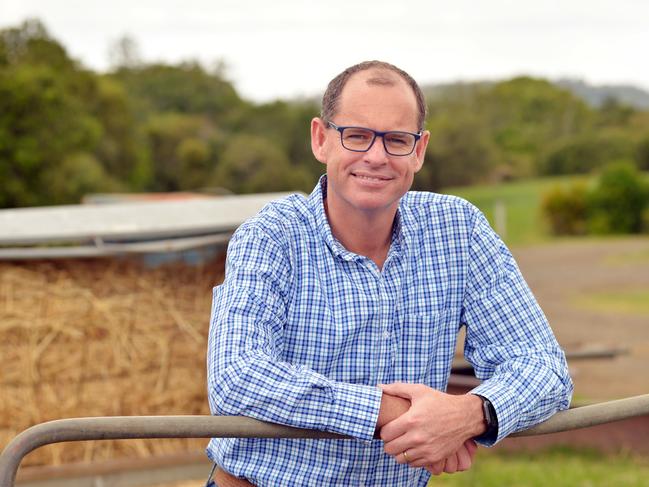United Dairyfarmers of Victoria says Norco profit a shining example
Processors can make sizeable profits as well as delivering high farmgate returns, with the UDV citing Norco’s 2022-23 year as proof.
Processors can make sizeable profits as well as delivering high returns at the farmgate, the United Dairyfarmers of Victoria says, with Norco living proof.
The NSW co-operative reported a $9.1 million profit for 2022-23 financial year, a $200,000 increase compared to the 2021-22 reporting period.
At the same time, Norco was paying one of the highest farmgate milk prices nationwide at more than 87 cents per litre.
By comparison, northern Victorian dairy farmers are paid an average of 70.5c/litre, while Gippsland is not far off on 70.3c/litre and southwest Victoria enjoy a 69.6c/litre average.

UDV acting president Bernie Free said Norco’s result was all the more remarkable given its main factory was hit by floods in late 2022.
“It’s a great example of a processor paying a really strong price at the farmgate but also delivering a solid profit,” Mr Free said.
“It shows it can be done. There’s been some commentary out there, particularly from some processors, that the mandatory dairy code of conduct means that processors are paying too much for milk.
“All I’d say to that is that back in June, they are the ones that decided to pay these high prices and at the time, international pricing was pretty weak. If anything, international trading conditions are better now for dairy, then they were back then.”
The Australian Dairy Products Federation recently called for a review of the mandatory dairy code of conduct, introduced by the Morrison government in July 2020.
ADPF executive director Janine Waller said processors had been under strain long before the strike action that hit Fonterra, Saputo, Peters and Lactalis earlier this month.
“Dairy processors (have long been) contending with additional pressures, with a 30-year low in raw milk production volumes of 8 billion litres per annum,” she said.
“(There’s also) persistent rises in input costs; expanding compliance costs including the government-enforced Dairy Code of Conduct; and a 17 per cent surge in imports (2023-24 versus 2022-23) – with cheaper imported dairy cheese and butter flooding onto our supermarket shelves.
“At the same time dairy export volumes have dropped 17 per cent, impacting dairy processors’ ability to remain globally competitive.”
Ms Waller said processors wanted to ensure Australian dairy produce remained affordable for consumers.
“It’s not just the pressure to remain profitable, but to maintain jobs for workers and keep the doors open, as well as to minimise flow on cost inflationary pressures to consumers,” she said.
However, Mr Free said prices of many dairy products were very low compared to other western nations.
“There’s a view from some on the processing side that we’ve got to keep milk, cheese, butter prices low as possible,” he said.
“Even with a modest price rise, it’s still really affordable compared to other countries.”





